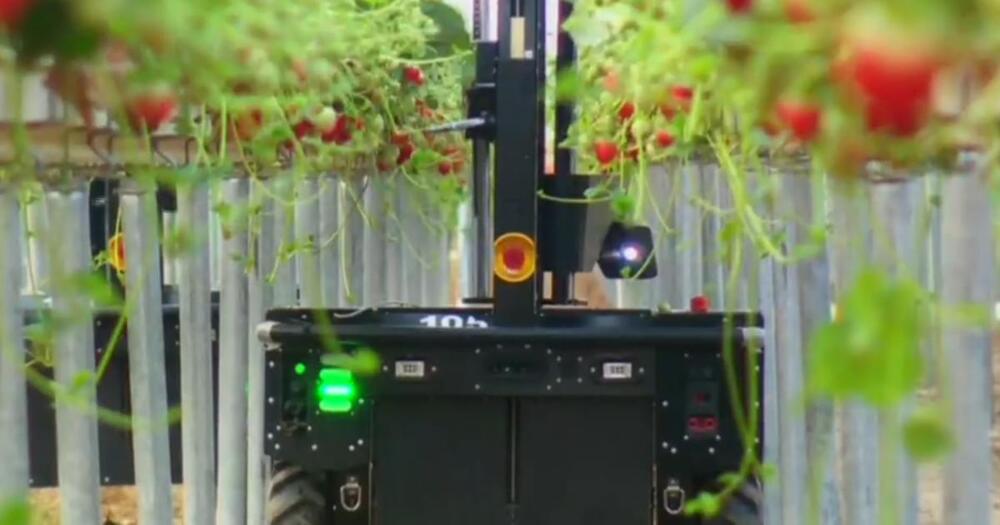A titanium robotic exoskeleton is helping an eight-year-old boy in Mexico learn to walk after being wheelchair-bound for most of his life.
The boy, David, suffers from cerebral palsy, a group of neurological disorders that surfaces during early childhood and hinders a child’s ability to control their muscle movements. In effect, it makes it extremely difficult for an affected child to walk and maintain their balance and posture.
As you can imagine, rehabilitating a child with cerebral palsy is a long and arduous process. But now, David’s speeding up his rehabilitation with the help of the battery-powered Atlas 2030 exoskeleton, developed by award winning Spanish roboticist Elena García Armada.








